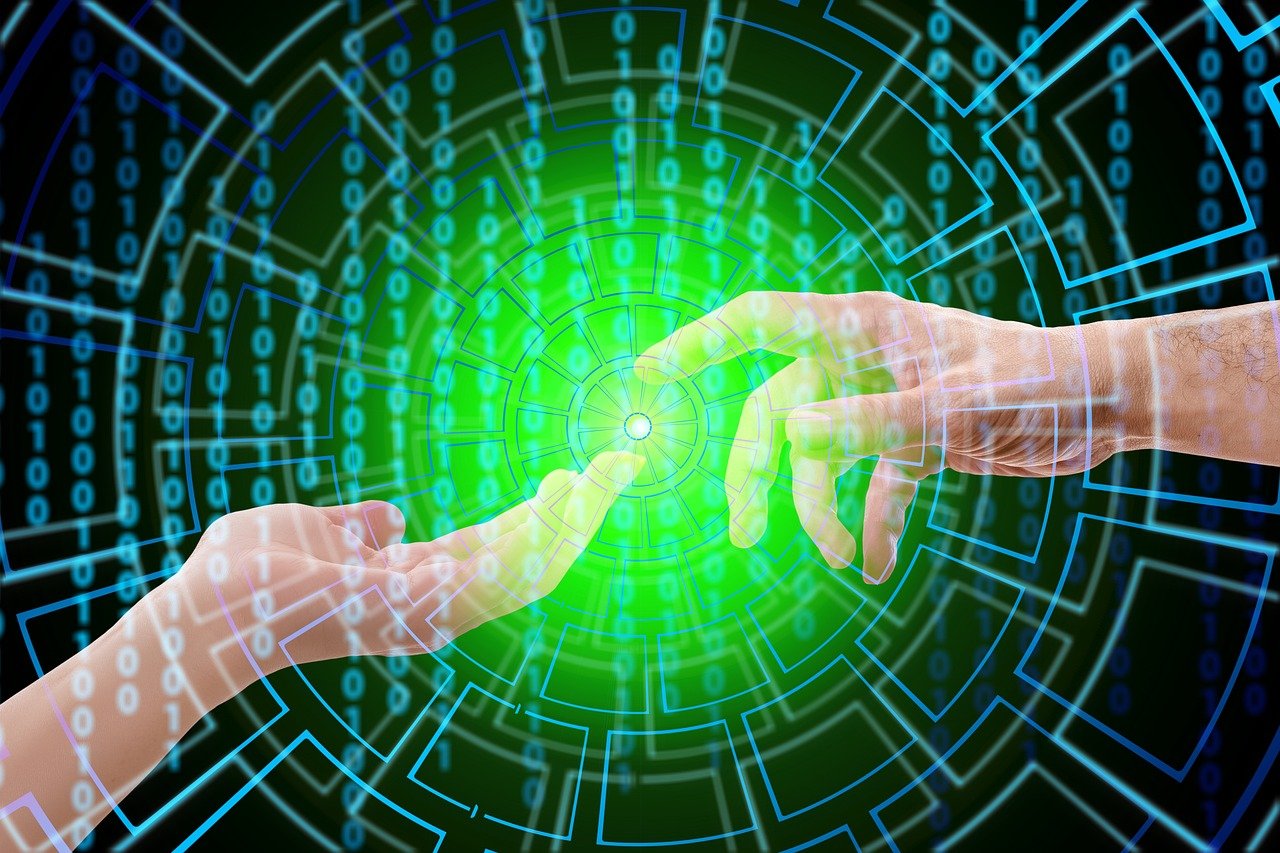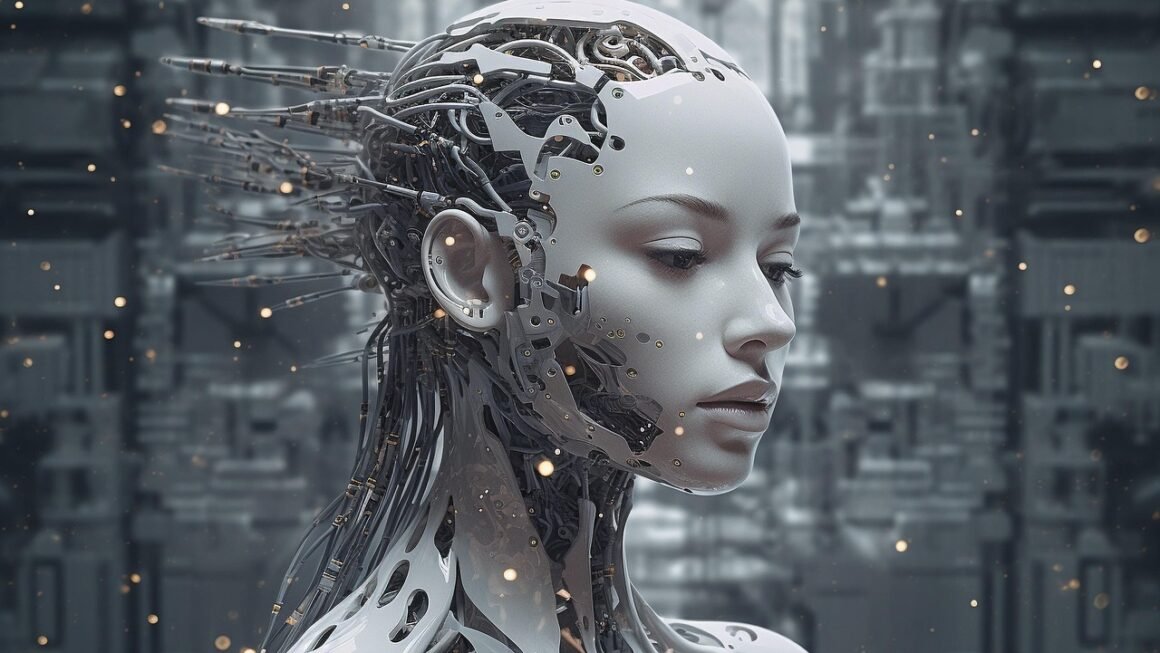AI is rapidly transforming the gaming landscape, moving far beyond simple scripted behaviors to create more immersive, challenging, and personalized experiences. From intelligent non-player characters (NPCs) to procedurally generated worlds and adaptive difficulty, AI is revolutionizing how games are developed, played, and experienced. This blog post dives into the fascinating world of artificial intelligence in gaming, exploring its current applications, future potential, and the impact it has on the industry.
The Evolution of AI in Gaming
Early Implementations: Simple AI
The journey of AI in gaming started with basic rule-based systems. Early games featured simple AI that followed predefined scripts and patterns. Think of the classic arcade games like Pac-Man, where the ghosts followed predictable routes or chased the player based on simple conditions. These early implementations, while primitive compared to today’s standards, laid the groundwork for more complex AI.
- Examples: Pac-Man ghosts, early platformer enemies
- Limitations: Predictable, easily exploitable by players
The Rise of More Complex AI
As technology advanced, so did the sophistication of AI in games. Developers began incorporating techniques like finite state machines and behavior trees to create more dynamic and responsive NPCs. These advancements allowed for more complex behaviors, such as enemies coordinating attacks or adapting to player actions.
- Examples: Real-time strategy games where units followed basic orders and engaged enemies
- Key Improvements: Increased realism, more challenging gameplay
Current Applications of AI in Gaming
Intelligent NPCs and Enemies
One of the most significant applications of AI in gaming is creating intelligent NPCs and enemies. Modern AI techniques enable NPCs to exhibit realistic behaviors, interact with the environment, and react dynamically to player actions. This creates more immersive and believable game worlds.
- Examples:
The Last of Us: Infected enemies use different attack patterns and strategies based on player behavior and available resources.
Red Dead Redemption 2: NPCs have daily routines, react realistically to crimes, and engage in believable conversations.
- Benefits: Enhanced immersion, more challenging and engaging gameplay
Procedural Content Generation (PCG)
Procedural content generation uses AI algorithms to create game content automatically. This includes everything from landscapes and buildings to quests and storylines. PCG can significantly reduce development time and cost while creating unique and diverse game worlds.
- Examples:
Minecraft: The entire game world is procedurally generated, providing near-infinite possibilities for exploration and building.
No Man’s Sky: Uses PCG to create billions of unique planets, each with its own flora, fauna, and resources.
- Benefits: Reduces development costs, creates vast and unique game worlds, enhances replayability
Adaptive Difficulty and Personalized Experiences
AI can analyze player behavior and adjust the game’s difficulty in real-time. This ensures that players are constantly challenged without becoming frustrated, leading to a more enjoyable and personalized gaming experience. This is often referred to as Dynamic Difficulty Adjustment (DDA).
- Examples:
Resident Evil 4: Adjusts enemy difficulty and item drops based on player performance.
Mario Kart: Uses a “rubber banding” AI to keep racers close to each other, creating more exciting races.
- Benefits: Tailored gaming experiences, increased engagement, reduced frustration
AI in Game Testing and Quality Assurance
AI-powered tools are increasingly used in game testing to automate the process of identifying bugs and glitches. These tools can simulate player behavior, explore game environments, and detect anomalies that might be missed by human testers. This can significantly improve the quality and stability of games.
- Examples:
AI agents that automatically play through games, identifying bugs and performance issues.
Tools that analyze gameplay data to identify areas where players are getting stuck or frustrated.
- Benefits: Reduces testing costs, improves game quality, accelerates development cycles
The Future of AI in Gaming
Machine Learning and Deep Learning
Machine learning (ML) and deep learning (DL) are poised to revolutionize AI in gaming even further. ML algorithms can learn from data and improve their performance over time, while DL models can handle complex tasks like image recognition and natural language processing. This opens up new possibilities for creating even more realistic, intelligent, and adaptive games.
- Potential Applications:
More realistic NPCs: NPCs that can learn from their interactions with players and adapt their behavior accordingly.
Advanced PCG: Creating more complex and realistic game worlds, including detailed cities and landscapes.
AI-driven storytelling: Generating dynamic storylines that adapt to player choices and actions.
Generative AI
Generative AI models, like those used to create realistic images and videos, are being explored for generating game assets and content. This could lead to faster and more efficient development workflows, as well as the ability to create entirely new types of games.
- Potential Applications:
Generating textures, models, and animations for game characters and environments.
Creating realistic and detailed soundscapes.
Designing entire game levels from scratch.
AI-Powered Game Design
AI can assist game designers in creating more balanced, engaging, and challenging games. AI algorithms can analyze gameplay data, identify potential issues, and suggest improvements to game mechanics and level design. This can lead to better overall player experiences.
- Potential Applications:
Balancing game difficulty.
Identifying areas where players are getting frustrated.
* Suggesting improvements to level design.
Challenges and Considerations
Ethical Concerns
As AI becomes more prevalent in gaming, ethical considerations become increasingly important. Issues such as bias in AI algorithms, the potential for AI to exploit players, and the impact on human jobs in the gaming industry need to be addressed. Developers and researchers need to ensure that AI is used responsibly and ethically.
Development Complexity
Developing AI for games can be complex and challenging. It requires specialized knowledge of AI algorithms, game development techniques, and the specific requirements of the game. Furthermore, training AI models can be computationally intensive and require large datasets.
Player Acceptance
While many players appreciate the benefits of AI in gaming, some may be wary of its potential to disrupt the traditional gaming experience. Developers need to carefully consider how AI is implemented to ensure that it enhances rather than detracts from the player’s enjoyment.
Conclusion
AI is revolutionizing the gaming industry, offering new possibilities for creating more immersive, challenging, and personalized experiences. From intelligent NPCs to procedurally generated worlds and adaptive difficulty, AI is transforming how games are developed, played, and experienced. While challenges and ethical considerations remain, the future of AI in gaming is bright, with the potential to create entirely new forms of entertainment. By embracing these advancements responsibly, the gaming industry can unlock a new era of innovation and creativity.



